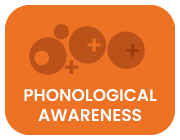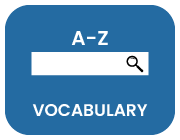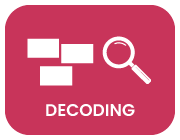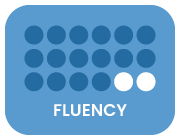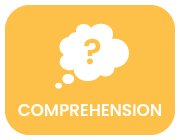I love resources. I love being surrounded by books and am often distracted by a great online tool. Over the years, my stack of beloved resources has grown, and I am always eager to share them with CALP staff.
I have shared before that the Creating Learning Partners binder was sitting on my desk the day I started my first job in adult literacy, and it was a literal lifeline. In fact, CLP gave me the confidence to explore the bookshelf beside my desk where I became smitten with other incredible resources including Tutor Tools and Teaching Beginning Readers. These resources were simple, straightforward and practical – exactly what I needed at the time. From there I ventured a little further exploring the Alberta Reading Benchmarks and Read Forward resources, followed by the Answers May Vary Guidebook. Eventually, I graduated from Pat Campbell’s Teaching Beginning Readers to Teaching Reading to Adults: A Balanced Approach. In 2017, I enthusiastically moved the Rising to the Reading Challenges of Adult Learners: Practitioner’s Toolkit to the top of my pile. And most recently CLN added the Instructional Strategies for Reading e-Learning to the CALP Portal's collection of microlearnings.
All this to say, there are a number of excellent resources that focus on teaching reading to adults. Within almost every resource you will find instructional strategies, which are an important aspect of teaching reading. They provide opportunities for direct instruction and practice.
While many CALP staff share my love of resources, they often have one slight constraint. Time. It is a thief! And when learners are waiting for instruction, CALP staff don’t often have the time to do a deep dive into resources. We often need something now (or yesterday) that can be quickly and easily implemented.
Enter Teaching Reading: Strategies and Resources. The recently launched Teaching Reading: Strategies and Resources is an online resource that gathers common instructional strategies for reading - in one place.
These instructional strategies have been sorted into the five components of reading: phonological awareness, vocabulary, decoding, fluency and comprehension. Each component of reading is accompanied by its own distinct colour and icon:
Within each component of reading, there are at least four instructional strategies that can be easily incorporated into a learning opportunity. The instructional strategies include a clear purpose statement and simple instructions for use.
For anyone interested in learning more, diving deeper or increasing complexity, each strategy is accompanied by a series of links titled:

Other items of note:
- Some instructional strategies can be applied to more than one component of reading. For instance, Cloze works for both comprehension and vocabulary. Repeated Readings appears in fluency and comprehension. Embrace this flexibility!
- Instructional strategies should be used in combination and can be mixed and matched together. Have fun creating different strategy combinations for your learning opportunities. Check out these Strategy Examples to get you started.
- All readers use these strategies to build, maintain and strengthen our skills as readers. Feel free to be explicit about the strategy and how you use it; and encourage all readers to incorporate the strategy into their everyday reading.
We hope you find this resource useful. Check it out and let us know if it includes your favourite instructional strategy for reading and, if not, feel free to recommend that we add it!

